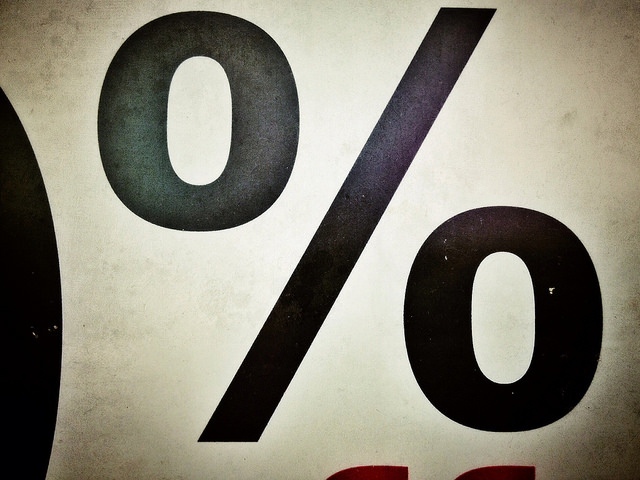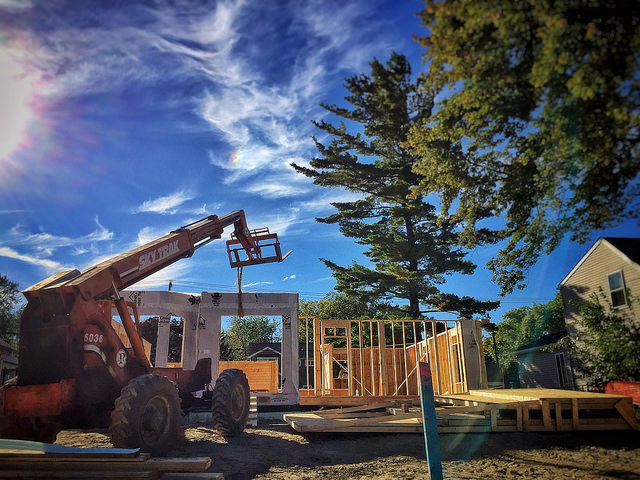According to the Mortgage Bankers Association’s Weekly Applications Survey, home purchase application demand is now 29% higher than at the same time last year. And, because purchase application demand is considered a good indicator of future home sales, it could be a sign that there will be a sales bump coming in the months ahead. The encouraging news came during a week when demand for loans to buy homes was relatively flat from the week before and mortgage rates rose. In fact, average mortgage rates were up across all loan categories, including 30-year fixed-rate mortgages with both conforming and jumbo balances, loans backed by the Federal Housing Administration, and 15-year fixed-rate loans. Despite the slight increase, however, refinance demand was up from a week earlier and drove total mortgage application demand 1.2 percent higher than the week before. Analysts expect that the increase in refinance demand was due to expectations that the Fed may raise interest rates this month for the first time in nine years. The possibility of a rate increase has helped spur demand in recent weeks. The MBA’s weekly survey has been conducted since 1990 and covers 75 percent of all retail residential mortgage applications. More here.













